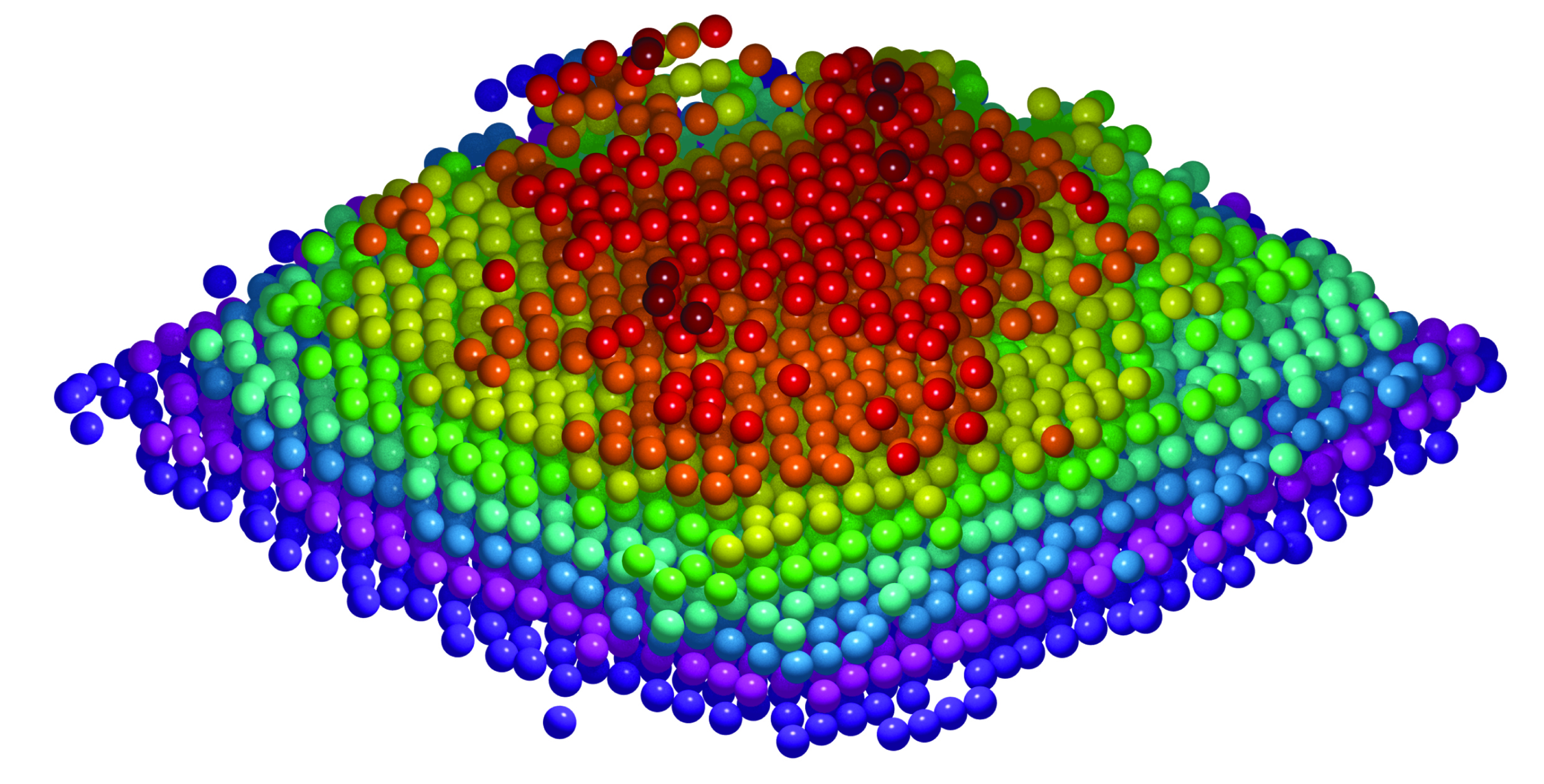Have you ever tried those magical pieces of software that merge multiple pictures of an object from different angles to produce a 3D model of it?
Good. Now think about upgrading your equipment, because those guys at UCLA do the same with atoms. Seriously.
Using a scanning transmission electron microscope at the Lawrence Berkeley National Laboratory’s Molecular Foundry, Miao and his colleagues analyzed a small piece of tungsten, an element used in incandescent light bulbs. As the sample was tilted 62 times, the researchers were able to slowly assemble a 3-D model of 3,769 atoms in the tip of the tungsten sample.
Here’s the final result

Original article here.
